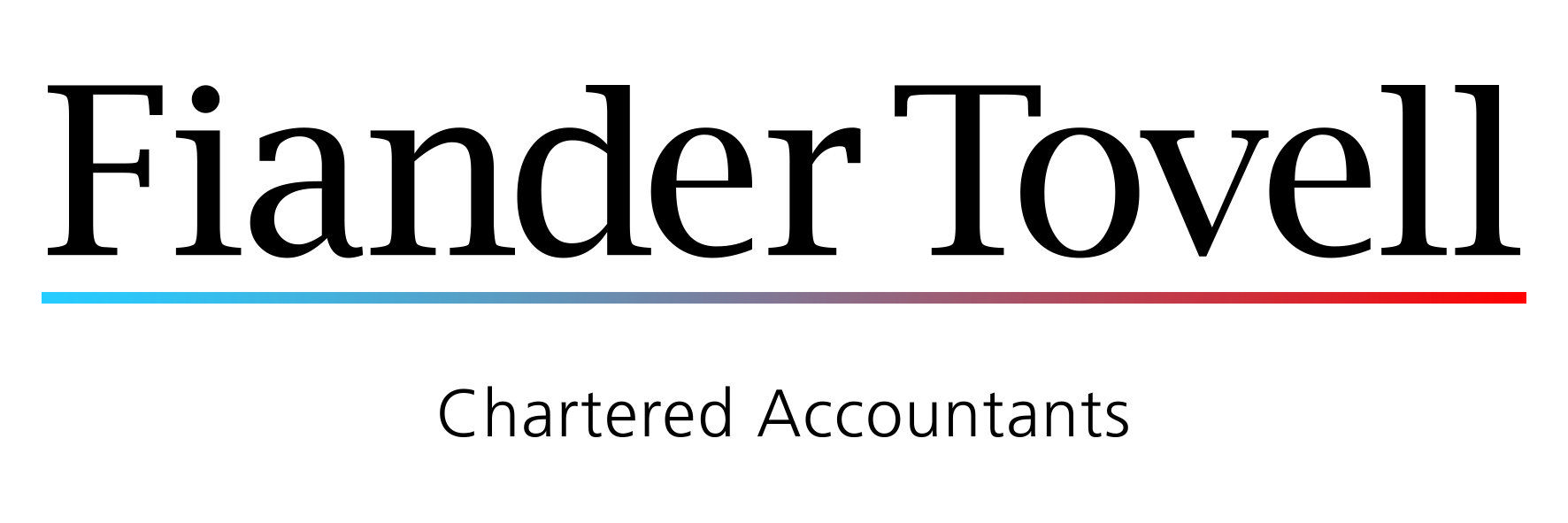Welcome back to our three-part series discussing basis period reform, where we are dissecting all aspects of the change. In part 1, we outlined the relationship between a business’ chosen accounting date and its tax obligations.
This week, we will discuss overlap relief and how it can be utilised during the transition to the new tax year basis.
Overlap relief
What overlap relief can I offset?
Businesses must offset all the overlap relief they are entitled to in 2023/24. If they do not, they will not have a further opportunity to do so in the future, and all entitlement to overlap relief will be lost.
Overlap relief may have arisen when the business started to trade (when the current year basis meant they may have been taxed twice on the same profits) or from a past change in accounting date. If the business is old enough, it may also have transitional overlap relief available from the switch over to the current year basis in 1996/97.
The amount that can be deducted in 2023/24 is the amount that would have been deductible had the business ceased that year. Relief can also be claimed for any overlap relief which could have been deducted in a previous year, when there was a change in accounting period but it was not claimed for any reason.
How can I find out my overlap relief figure?
If a business does not know what overlap relief they are entitled to, they can request this information from HMRC. The easiest way to do this is to use the dedicated online g-form. Businesses will need to sign in with the Government Gateway user ID and password they use for self-assessment. They will also need to provide certain details, including their UTR, the date or tax year in which they started to trade, and details of any previous changes in accounting period.
Once the g-form has been completed, HMRC should be in touch within 15 working days (though this may be longer for complex cases). If the overlap relief figure was previously reported on a tax return, HMRC will provide the figure reported. Otherwise, they will provide the relevant tax return figures to enable the business to calculate the overlap relief themselves.
If a business is unable to use the g-form, overlap relief details can also be requested over the telephone. However, the g-form will be the quickest route to receiving an answer and should therefore be used wherever possible.
In all events, the amounts entered onto the 2023-24 tax return in respect of overlap relief are a self-assessment. Businesses should therefore be comfortable that the amount of relief they claim is reasonable, and as accurate as possible.
Spreading
When can I spread excess profits?
Spreading is a method of alleviating the tax impact of additional profits being brought into account as a result of the basis period reform transitional rules.
As mentioned previously, overlap relief should be deducted from any transition part profits in 2023/24. Any remaining additional profits after this are referred to as transition profits and can be spread over upcoming periods for up to five tax years.
How does spreading work?
The default is that 20% of the transition profits should be brought into account in 2023/24, and a further 20% in each of the following four tax years.
However, it is possible to accelerate the amount of transition profits considered in any one tax year. The business can choose any additional amount to consider. Any remaining transition profits will then be spread equally over the remaining spreading period (subject to any further election in one of those years).
This ability to accelerate the amount of transition profits brought into account may be particularly useful if a taxpayer is subject to a lower level of tax than usual in any tax year (for example because they have a large expense or lower income that year).
This election must be made on the self-assessment return, and the deadline is one year after the filing date for that return.
How can we help?
Offset relief is quite a complex topic and it may be difficult to decide on how best to utilise it. For support with this, please don’t hesitate to get in touch our Commercial Client Director, Fabrice Legris, at fabrice.legris@fiandertovell.co.uk
Join us next week for the final part of our series on basis period reform!

